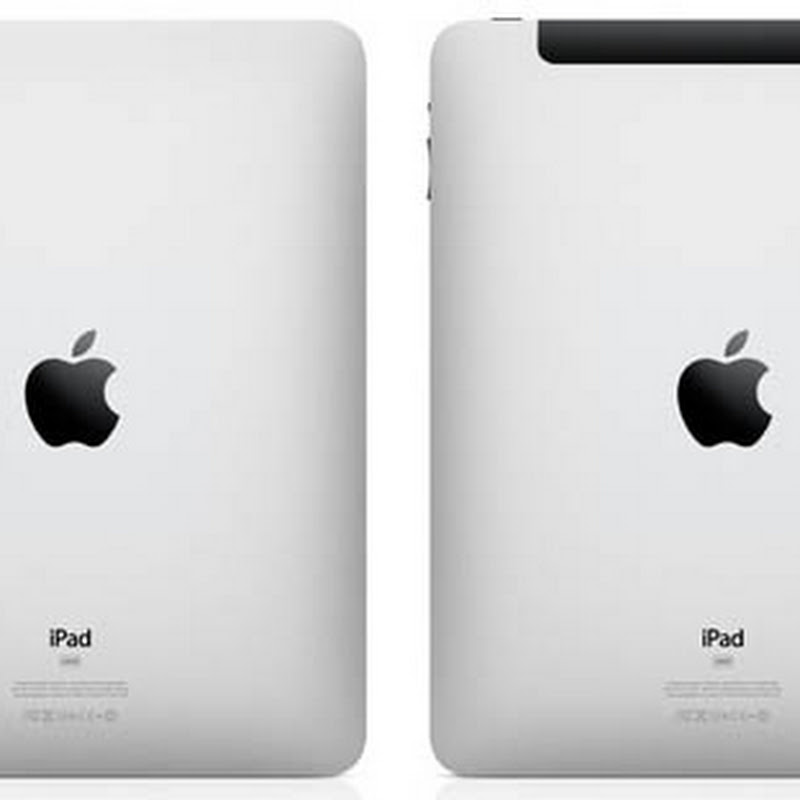The Federal Communications Commission announced that the agency was asking for new data on the pricing and the competitive environment around the
Special Access market.
Special Access has come to the surface because of its inclusion as a major point in the antitrust complaints by Sprint and Cellular South in the AT&T–T-Mobile antitrust lawsuit. However, Special Access goes far beyond the needs of wireless companies.
While Special Access is getting a lot of attention right now because wireless companies use the DS1, DS3 and Ethernet lines that make up the Special Access infrastructure for their backhaul from cell towers. But in reality, virtually every company that uses any kind of external network access is using Special Access in one way or another. This means the pricing and competitive information that the FCC gathers, and uses for any subsequent ruling, can directly affect the bottom line of your business.
The timing of the announcement coincides with the antitrust action by the Department of Justice, but that wasn’t intentional. In fact, left to its own devices, the FCC probably would never have moved. It required a Writ of Mandamus filed by the
Ad Hoc Telecommunications Users Committeeand several other public interest groups to force the FCC to move forward. The Ad Hoc group has already asked the FCC to take action to
force the transparency and competition it thinks is necessary.
According to Maura Corbett, executive director of NoChokePoint, the two largest carriers, AT&T and Verizon, are
overcharging on the order of $10 billion per year for Special Access. “We are very anxious to get the data and have the commission rule
appropriately based on their data,” Corbett said. “This has been open since 2005. We’re still waiting.” Both groups have filed petitions to
deny the transfer of licenses in connection with the AT&T–T-Mobile merger. NoChokePoint is an advocacy group focused on Special Access.
“We would like to get to the point where it’s acknowledged that the market has collapsed,” Corbett said, “and we want to see competition and openness.” Corbett noted that it was clear that there was no competition when the FCC deregulated Special Access, and the prices immediately went up.
Colleen Boothby, the attorney who represents the Ad Hoc Telecom Users Committee also studied the effects of deregulation. “We noticed that whenever the Commission deregulated Special Access, the price went up. When they broke out earnings, they (the carriers) were making up to 135 percent profit,” Boothby said. “In a competitive market you can’t get earnings like that.”
Boothby’s organization is comprised of Fortune 500 companies that use Special Access in their telecommunications environment. The membership list is kept secret because in the past, the two major carriers, AT&T and Verizon, took retaliatory action against them, Boothby said.
But the fact is that telecom charges are a major cost factor for nearly every business, and with profit margins of up to 135 percent, greater control over costs through competition or regulation would dramatically reduce the overhead for most businesses. The problem right now is that the two major carriers won’t tell you what their profit margin is because the FCC removed that requirement eight years ago. Prior to that, there was customer pressure to keep the margins within reason.
What’s interesting is that the docket item at the FCC was originally opened at the request of Jim Cicconi, who is AT&T’s chief lobbyist, and who is now fighting the FCC action. But at the time of the request, AT&T hadn’t merged and was forced to buy Special Access services. Now that AT&T and Verizon are providing the Special Access lines, the two companies have formed an effective duopoly in that business. Small operators are complaining that they are frozen out of the business by predatory practices.
If this sounds familiar, it’s because it’s the same argument Sprint is making regarding the merger of AT&T and T-Mobile. Sprint may have a point, It’s already dealing with an effective duopoly in its backhaul and in its complaint is claiming that the costs associated with the backhaul charges are anti-competitive.
Of course, AT&T and Verizon have to pay Special Access charges when they cross over into each other’s territory. The difference is that they’re paying each other for the same services and this effectively cancels out any charges. of course, neither company is willing to say how much it pays the other for Special Access, so they can set the price to the other as high or low as they wish. But in effect Special Access is free for them.
The Special Access market provides a good look at the future of the wireless market if the merger with T-Mobile goes through. You’ll have a duopoly that can charge whatever they want, provide whatever services and products they want because customers don’t really have an alternative. There will still be a few small players in the wireless market just as there are a few small providers now in the Special Access market, all of which are slowly being marginalized. Not a pretty picture, but that’s what’s happened in Special Access, and it could be the future for Wireless as well.






 10:31 AM
10:31 AM
 Simranpal SIngh
Simranpal SIngh























 )
) 









